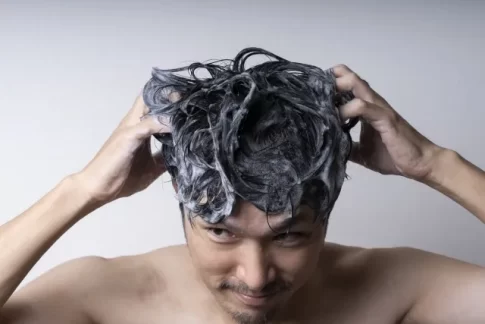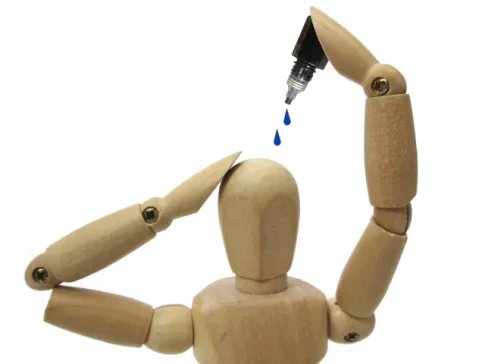この記事の概要
In recent years, artificial intelligence (AI) has been attracting attention as an innovative technology in the medical field. Hair transplant surgery is no exception, and the introduction of AI has greatly improved accuracy, efficiency, and safety. This article details what kind of technological innovations AI is bringing to hair transplant surgery, specific examples, and future prospects.
AI brings technological innovation to hair transplant surgery
1. Optimizing surgical planning
By utilizing AI, it is possible to create optimal surgical plans for each individual patient.
Image Analysis and Diagnosis: AI analyzes images of the patient’s scalp to accurately diagnose the progression of hair loss and scalp condition, providing doctors with the data to optimally plan their surgery.
Simulation: AI is used to simulate the surgery and optimize the position and direction of the transplanted hairs, resulting in a natural look.
2. Precise graft extraction and transplantation
Using AI technology will improve the accuracy of graft extraction and implantation .
Robot-assisted surgery: AI-enabled robots accurately extract and optimally position grafts at the follicular level, reducing manual errors and increasing the success rate of the procedure.
Real-time feedback: The AI system analyzes data in real time during surgery and provides feedback to the surgeon, allowing for fine-tuning during the procedure and improving the accuracy of the outcome.
3. Postoperative recovery management and monitoring
AI will also be used in post-operative recovery management and monitoring.
Recovery monitoring: AI is used to periodically analyze the patient’s scalp images to monitor the recovery progress, allowing for early intervention if any abnormalities are detected.
Customized Care Plans: Based on the patient’s recovery data, AI will suggest individualized care plans to provide optimal care and expedite recovery.
Specific examples of AI use
1. ARTAS Robot System
The ARTAS Robotic System is an AI-powered robotic hair transplant system that automates graft extraction and implantation .
Accurate Graft Extraction: AI recognizes hair follicles and extracts grafts precisely, minimizing damage to the donor area.
Optimized graft placement : AI calculates graft placement and places grafts at the optimal angle and depth for natural hair growth.
2. Dr.UGraft™ System
The Dr.UGraft™ system is a type of FUE (Follicular Unit Extraction) method that utilizes AI, and is suitable for even the most challenging cases.
AI-based hair follicle selection: AI will select healthy hair follicles and extract suitable grafts for transplantation , thus improving the success rate.
Optimize post-operative care: AI analyzes recovery data and suggests individual post-operative care plans.
Future prospects brought about by AI
1. Realization of personalized medicine
Utilizing AI will enable personalized medicine, providing optimal treatment for each individual patient.
Collaboration with genetic analysis: AI will use genetic analysis data to identify the cause of hair loss and the optimal treatment, providing individually customized treatment.
Enhanced preventive healthcare: AI predicts future risk of hair loss and suggests early preventive measures.
2. Further automation and efficiency of surgery
Advances in AI technology are expected to further automate and streamline hair transplant surgery.
Fully automated surgery: Technology has been developed that allows AI-enabled robots to perform procedures from graft extraction to transplantation in a fully automated manner , shortening surgery time and improving accuracy.
Real-time Adjustments: AI analyzes data during surgery in real time and instantly makes optimal adjustments to further improve the accuracy of surgical outcomes.
3. Enhanced patient education and support
AI also plays a big role in patient education and support.
Interactive education tools: AI-powered interactive education tools will be developed to help patients better understand the pre- and post-operative process.
24/7 Support: AI chatbots and virtual assistants are available 24/7 to answer patients’ questions and provide them with the information they need.
Summary
AI has brought about technological innovation in hair transplant surgery, improving the accuracy and efficiency of surgery in many aspects, including optimizing surgical plans, precise graft extraction and transplantation , and postoperative recovery management. Specific examples include the ARTAS robot system and the Dr.UGraft™ system, which are already in practical use. As AI continues to evolve, it is expected that hair transplant surgery will become more automated and personalized, resulting in higher therapeutic outcomes and patient satisfaction. Technological innovation using AI will make hair transplant surgery an increasingly safe and effective treatment.









